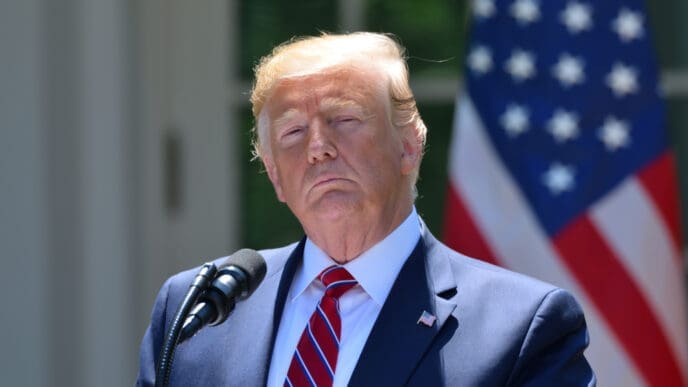The release of medical records often provides insight into the health and wellbeing of public figures, and Donald Trump’s medical documents are no exception. These records offer a glimpse into his physical condition, which holds significance not only for his personal health but also for the broader public given his standing as a former president.
Medical records typically include a range of information, from routine check-up results to more specific details about any ongoing health issues or treatments. In the case of Donald Trump, his medical records have been a focal point of public interest, often leading to widespread analysis and speculation. This is not uncommon for individuals who have held or are seeking high office, as their health can impact their ability to perform the duties required by such positions.
While the records themselves might seem straightforward, they can also reveal more than what is explicitly stated. For example, the absence of certain information can be as telling as its presence, prompting questions and discussions among the public and experts alike. Furthermore, how these records are released and the context in which they are presented can influence public perception.
The image associated with the coverage of Trump’s medical records underscores the media’s role in shaping the narrative around his health. The visual representation can complement or contrast with the written content, adding another layer to the story being told.
Ultimately, the examination of Donald Trump’s medical records goes beyond assessing his health. It reflects on the transparency expected of public leaders and the implications that personal health can have on their public roles. As such, these records are more than mere medical data; they are a piece of the larger puzzle that defines public accountability and trust.














